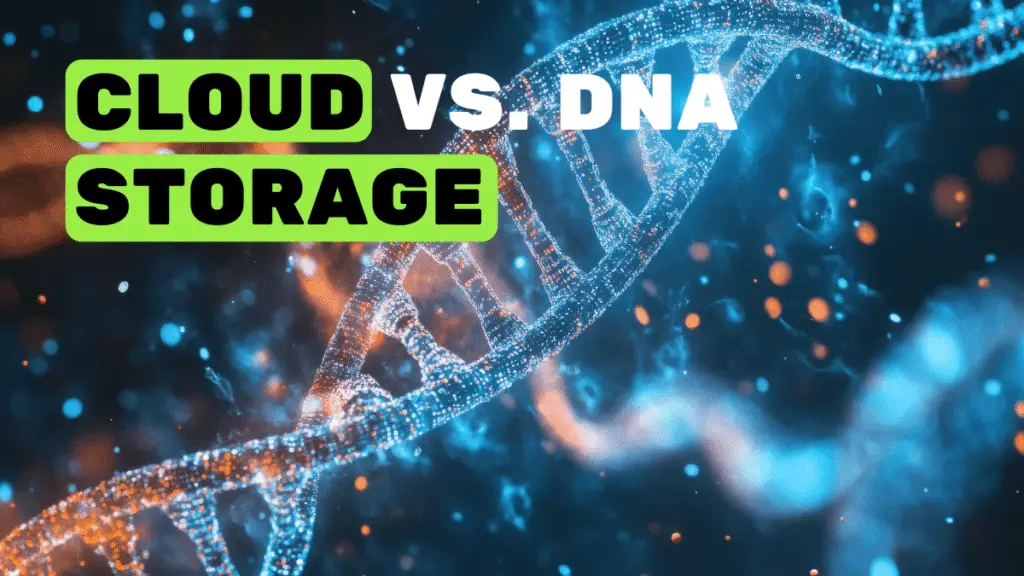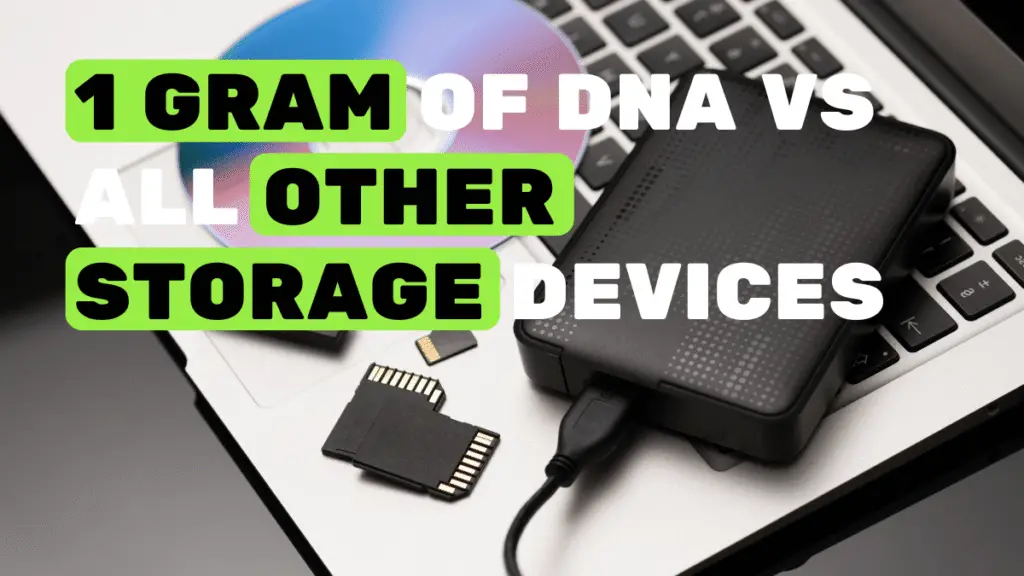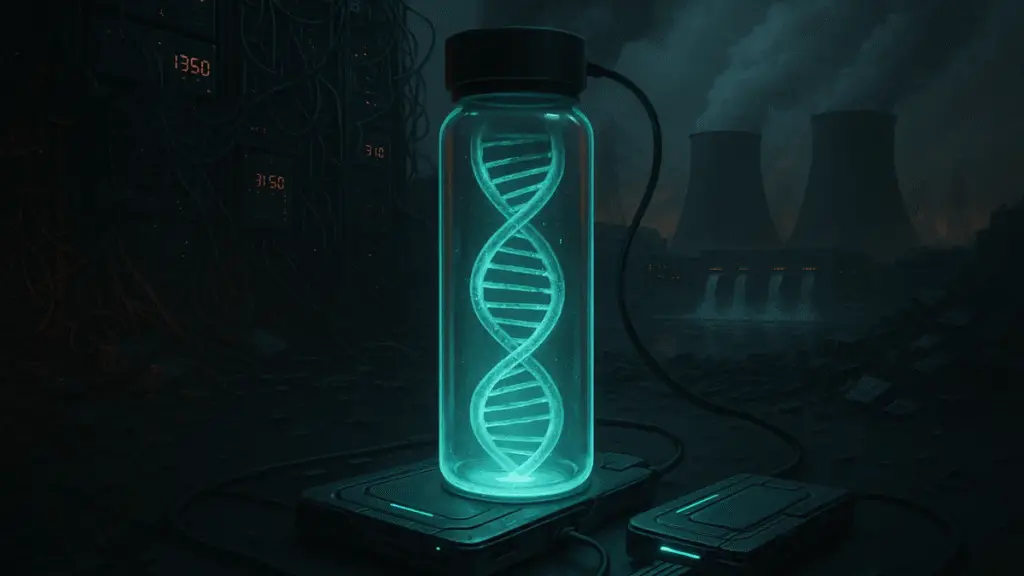DNA is the next ‘big thing’ in the field of data storage, after cloud-based storage. It is entirely a new technology, a combination of synthetic biology and modern information technology.
Instead of the computational binary language, in the DNA-based data storage, any information is stored directly in the DNA sequence. Fascinating right! The key significance, why scientists are looking for a biological material for data storage, is its high storage capacity and low physical material needs.
However, both technologies, cloud storage and DNA storage, have their own advantages and disadvantages. Let’s discuss some of the common differences between the technologies.
Stay tuned.
Top 5 Genetic Research & Stories Of This Week 1.
Key Topics:
Conventional data storage vs data storage in DNA
Cloud-based, conventional data storage uses the binary computational language of 0 and 1. Whereas DNA-based data storage uses the unique combination of A, T, G and C nucleotides to store the same type of data.
Cloud-based data storage requires physical material such as metals, fiber optics magnets, while DNA-based data storage stores information on synthetic biological material (DNA).
Cloud storage devices are made up of magnetic platters, neodymium magnets, HDD, SSD, etc, while nucleic acid is directly used to store data into DNA.
Thus, cloud storage requires a significant amount of physical space for servers, whereas DNA needs only a tiny space, a tube to store a huge amount of data.
The cloud storage has high data density and stores up to terabytes of data. On the contrary, DNA has an extremely high data storage capacity of up to exabytes (theoretically). One gram of DNA can store up to 215 petabytes of data.
The storage longevity is also an important factor in data storage. Cloud storage media degrade, break or deteriorate over time and need to be changed every 5 to 20 years.
On the other hand, DNA remains stable for thousands of years if proper conditions are maintained. Hence, DNA data storage is free from recurrent maintenance costs.
Cloud storage needs an extremely high amount of electricity to store, read and retrieve data. Continuous electricity is required for maintenance and cooling the storage facilities.
DNA, on the contrary, doesn’t need electricity typically for data storage and maintenance. Furthermore, it doesn’t need a cooling system either.
DNA as a data storage unit is an extremely dense, tiny, stable, energy-efficient and reliable option, but it has some downsides too.
Cloud storage, which relies on servers, is easy to operate and use, so the cloud is a popular choice for large-scale data storage such as social media, Google search and Amazon shopping data.
On the other hand, DNA is extremely fragile, needs a dedicated system (cold chain) for handling and therefore is difficult to operate and use. Currently, DNA-based storage is not a realistic option for large-scale data storage.
Cloud storage has extremely high data reading and writing capacity. The new-gen cloud servers can perform operations in less than a microsecond. Whereas DNA needs hours to days to write and read data. State-of-the-art instrumentation, such as a sequencer machine and data reading software, is needed.
Moreover, the complete process of DNA synthesis, data encoding, decoding and reading is complex, tedious and time-consuming.
Cloud storage is extremely cost-efficient. The per GB data storage cost is approximately $0.01 to $0.03, while the DNA storage system is extremely costly. The per storage GB cost is more than a thousand dollars.
However, in comparison to cloud storage, the DNA storage system is extremely scalable due to the molecular size and compactness of DNA.
Top 5 Genetic Research & Stories Of This Week 2.
Summary table:
| Features | Cloud storage | DNA storage |
| Material | Physical- magnets, rare earth elements, neodymium magnets, HDD, SSD | Biological- DNA only |
| Language | Binary 0 and 1 | Quaternary A, T, G and C. |
| Space | Need a huge space for setting up servers | Need extremely low space. |
| Storage capacity | Can store up to terabytes of data | Can store up to Exabytes of data |
| Electricity need | Extremely high | Extremely low |
| Maintainace | After every 5 to 20 years | Stable for thousands of years |
| Read & write capacity | Extremely high | Extremely low |
| Data processing time | Less than a microsecond | Typically, a few hours to days. |
| Durability | High (due to physical material) | Extremely low (due to the fragile nature of DNA) |
| Cost | Cost effective | Extremely costly |
| Scalability | Low | Very high due to the molecular size of DNA. |
Wrapping up:
Our understanding of cloud-based and conventional data storage will be changed in the near future. DNA isn’t some pilot experiment; scientists are actually working on it. Microsoft, the tech giant, initiated storing digital data in DNA in 2019. So, DNA as a data storage unit will become a reality.
However, there are many ethical and security issues involved with DNA-based data storage. But again, scientists will solve all those problems in the near future and make the technology available to us.


